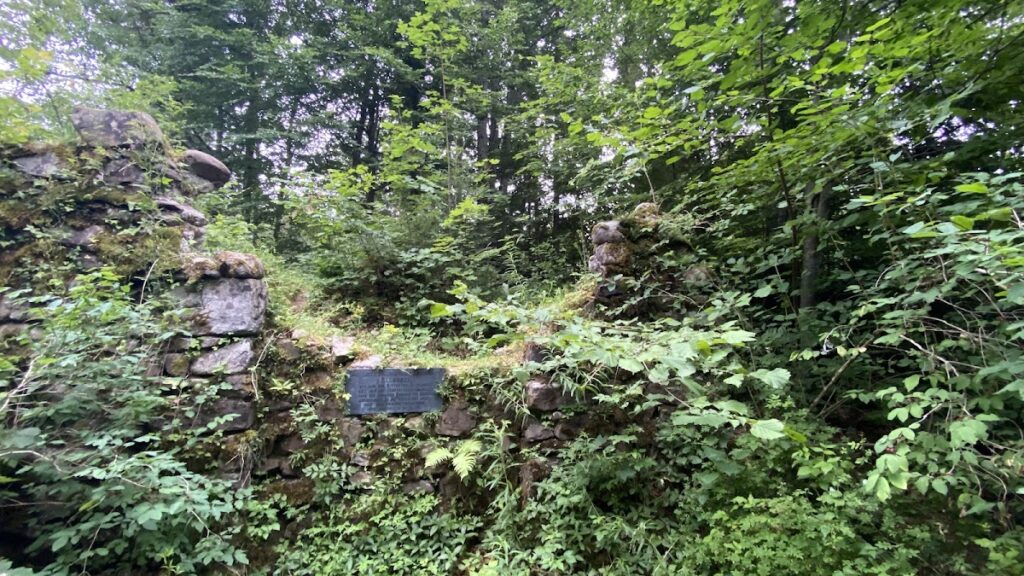Burg Ellhofen: A Medieval Castle Ruin in Weiler-Simmerberg, Germany
Visitor Information
Google Rating: 3.8
Popularity: Very Low
Google Maps: View on Google Maps
Country: Germany
Civilization: Unclassified
Remains: Military
History
Burg Ellhofen is a medieval castle ruin situated near the village of Ellhofen within the municipality of Weiler-Simmerberg, Germany. It was established by the Lords of Ellhofen, a noble family in the region, toward the end of the 13th century as a replacement for an earlier nearby stronghold that no longer met their needs. The first written record mentioning the castle dates back to 1287.
Throughout the following centuries, Burg Ellhofen played an important role in local governance, holding the lower jurisdiction from 1418 onward. After the male lineage of the Ellhofen family ended in 1446, ownership of the castle changed hands several times. It passed first to Rudolf von Weiler and, later, in 1462, to the Counts of Montfort-Rothenfels. By 1475, the castle was sold to Wilhelm von Neidegg, a wealthy patrician from Ravensburg, for a sum of 1600 Gulden.
The castle’s fortunes declined during periods of regional unrest. In 1525, amid the widespread Peasants’ War, Burg Ellhofen was plundered and suffered damage. When the Neidegg family line ended in 1562, the property was sold to the Teutonic Order, a religious and military organization. During the Thirty Years’ War, in 1634, Swedish troops set fire to the castle, causing severe destruction. Following this event, the castle was likely abandoned and fell into ruin.
In the 19th century, the remains of Burg Ellhofen came under Bavarian jurisdiction in 1806. By 1853, significant portions of the castle were intentionally dismantled to provide building materials for local construction projects, including the expansion of the Ellhofen church, the firewall of the nearby Burghof, the Simmerberg church, and probably the Amtshaus built in 1552 that now functions as the Gasthof Adler. Despite its ruined state, the area that was once the castle courtyard remains occupied today, maintaining a connection with the village’s heritage.
Remains
Burg Ellhofen was constructed on a small hill rising to an elevation of 760 meters, overlooking the Ellhofer Tobelbach valley. Its layout forms a relatively regular square, approximately 18 meters on each side, surrounded by two defensive ditches thought to be artificially created. An outer defensive enclosure, known as a Zwinger—a narrow area situated between defensive walls to hinder attackers—extends along the perimeter, along with a ramp that provided controlled access, stretching the overall length of the castle site to 28 meters.
Today, the most prominent surviving masonry includes fragments of a square bergfried, the main tower that served as both a lookout and a final defensive refuge. This tower lies on the western side of the original structure. Alongside the bergfried, sections of the principal buildings within the castle are still evident. One noteworthy wall segment measures six meters in length and rises 2.5 meters in height; it features a commemorative plaque commemorating the site’s history.
The former castle courtyard, known in German as the Bauhof, remains intact and has been adapted for residential use. While much of the castle’s stone was removed in the mid-19th century for local construction, these remaining elements preserve the footprint and some aspects of the castle’s medieval character, reflecting its long history as a fortified residence and center of local authority.







